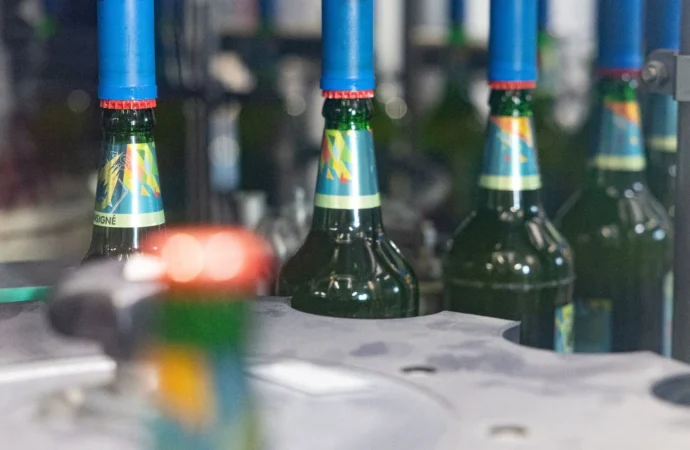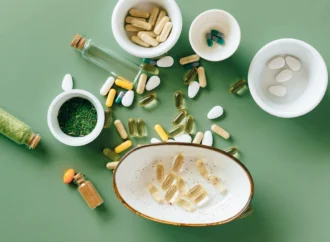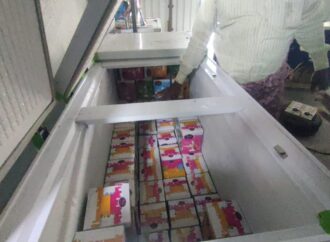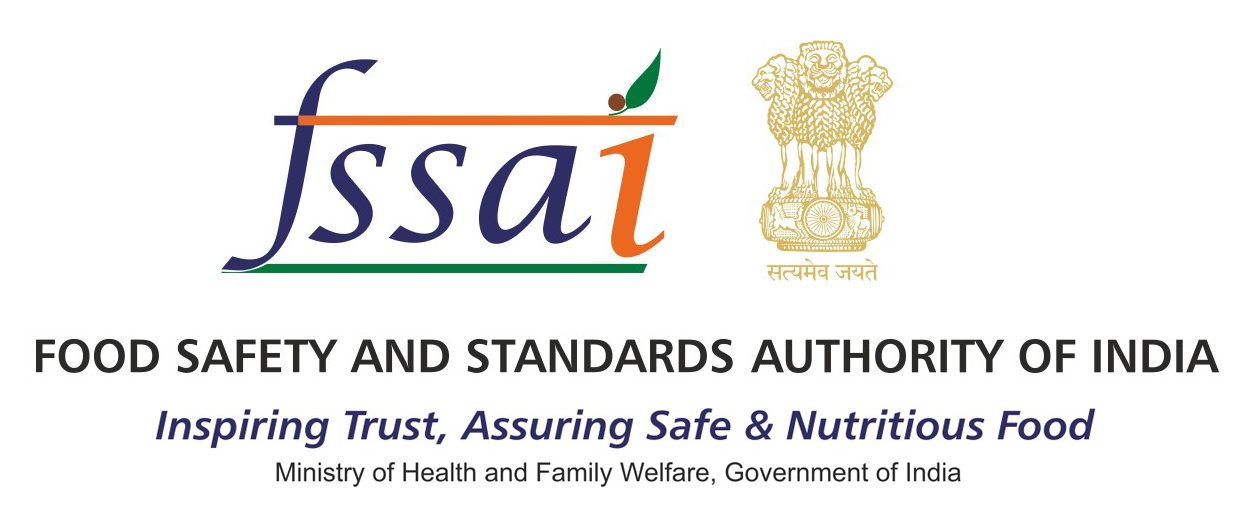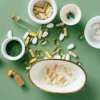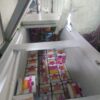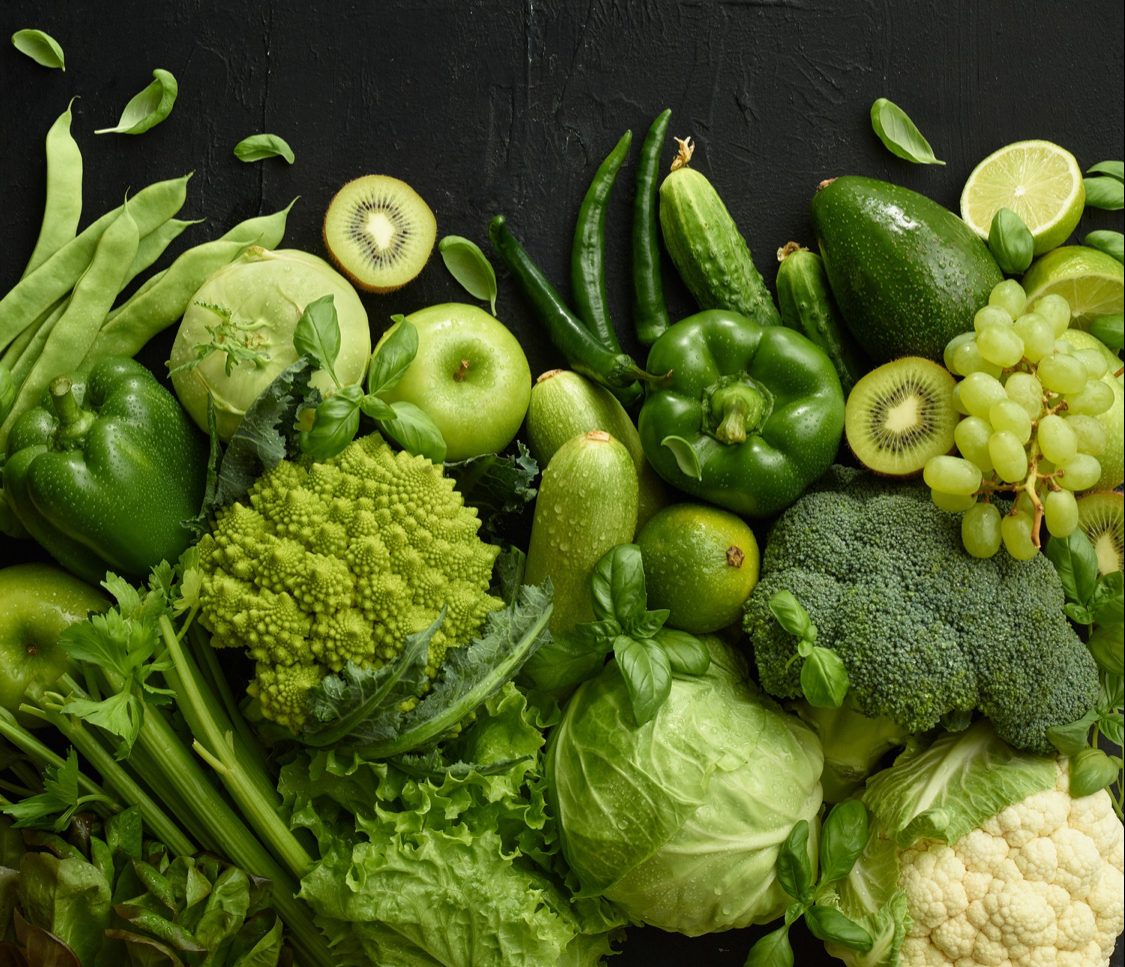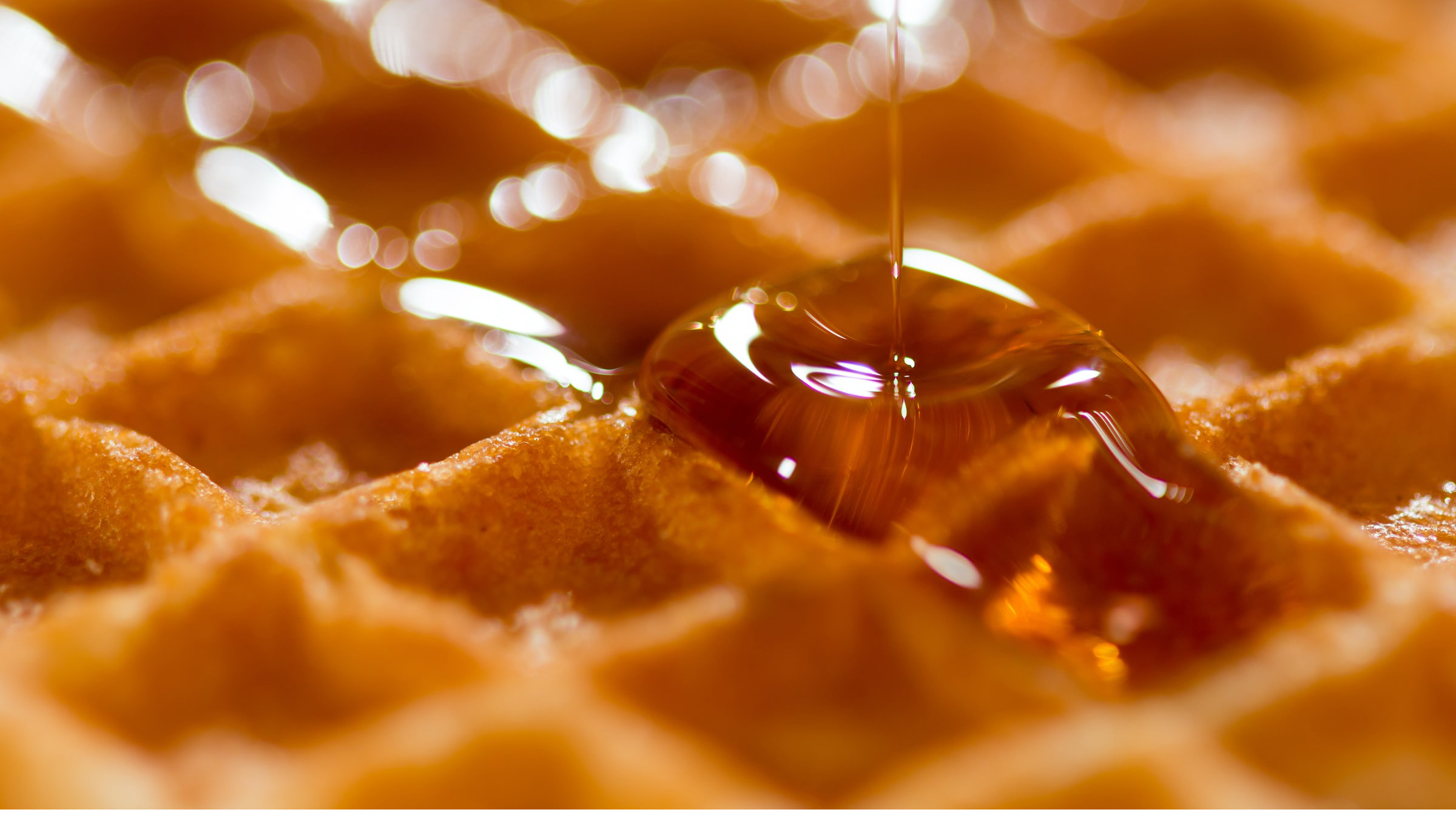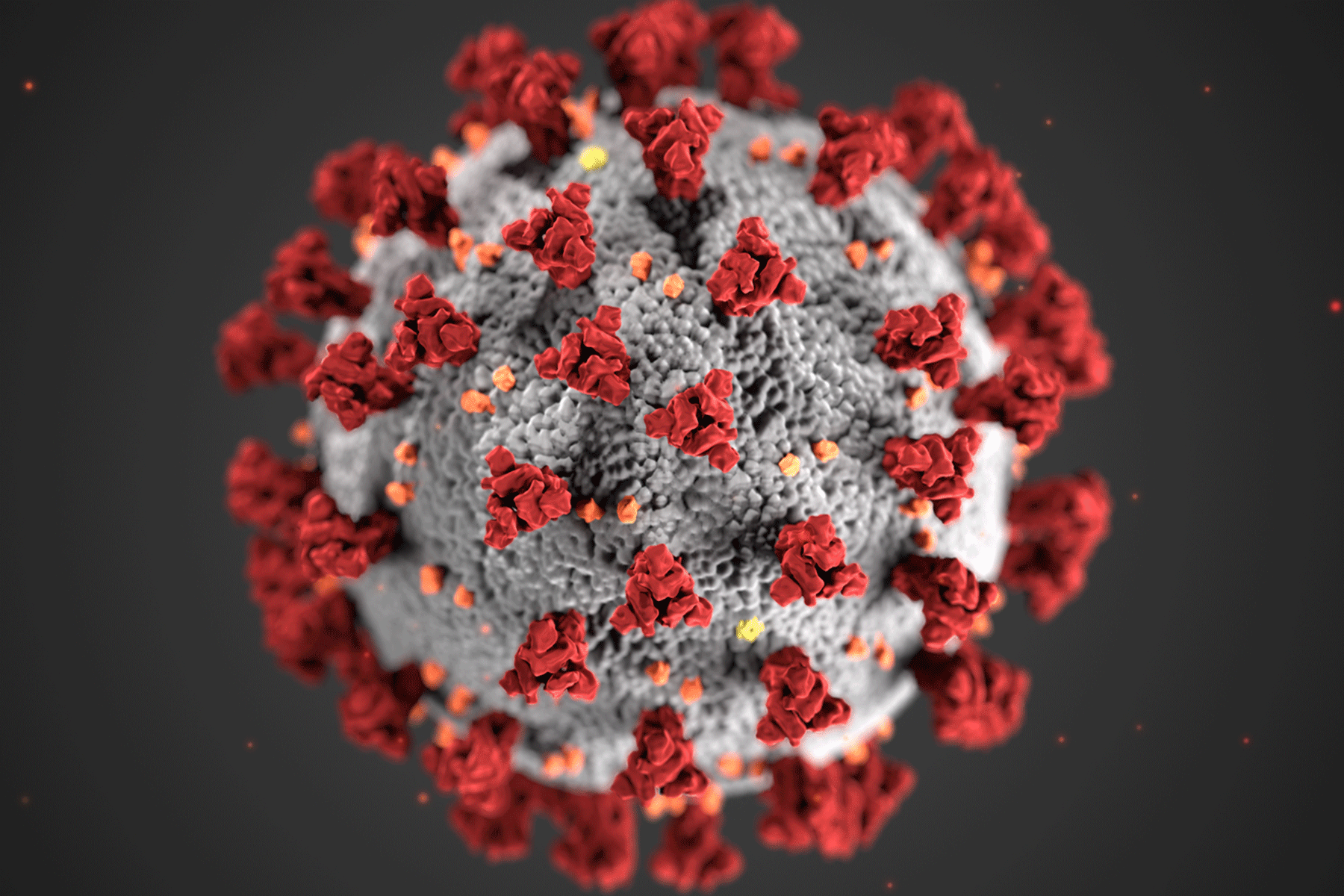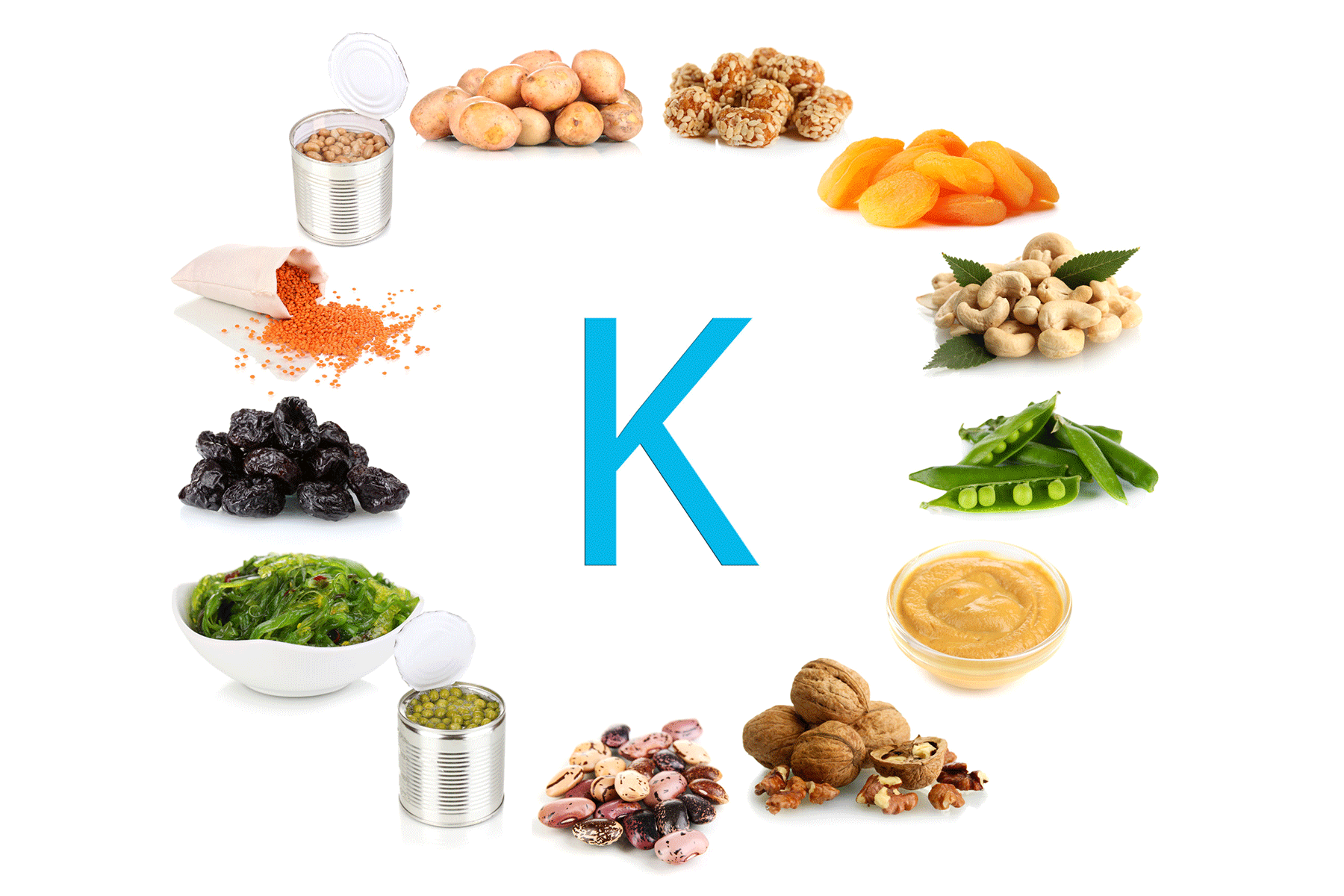Introduction
A recent study by France’s food safety agency, ANSES, found that beverages sold in glass bottles contain significantly more microplastics than those in plastic bottles or metal cans. The team analysed water, soda, beer, lemonade, iced tea, and wine sold in France. They discovered that glass bottles held an average of 100 microplastic particles per litre, up to 50 times more than drinks in plastic bottles. “We expected the opposite,” said Iseline Chaib, a PhD student who led the research.
Caps, Not Glass, Shed Plastic
The researchers identified the surprising source of contamination: the paint on the metal caps sealing the glass bottles. They noticed that the particles matched the colour, shape, and polymer composition of the cap paint. “Our analysis showed that the plastic particles came from the cap’s painted surface,” said Chaib. The caps likely shed microplastics due to friction during storage, which created microscopic scratches that released particles into the drink.
Wine and Water Remain Low in Microplastics
The study found relatively low levels of microplastics in all types of bottled water. Sparkling and still water in glass bottles contained about 4.5 particles per litre, while plastic bottles had just 1.6 particles. Wine also showed minimal contamination—even in glass bottles with similar caps. “We still don’t understand why wine contains fewer particles,” said Guillaume Duflos, ANSES research director. In contrast, soft drinks averaged 30 particles per litre, lemonade 40, and beer nearly 60.
No Clear Health Risk — Yet
Despite widespread microplastic exposure in food, air, and even the human body, researchers still lack clear evidence of health risks. “There’s no established threshold to determine toxicity,” ANSES stated. However, the agency stressed that manufacturers can reduce contamination by improving cap cleaning processes. The team tested a simple decontamination method — blowing the caps with air, then rinsing them with water and alcohol. This cuts microplastic levels by 60%.
Study Appears in Peer-Reviewed Journal
ANSES published the findings in the Journal of Food Composition and Analysis last month. The study adds to growing global concerns about the spread of microplastics and their presence in unexpected sources — not just packaging, but its paint.
Source: MSN
 Food Manifest
Food Manifest 